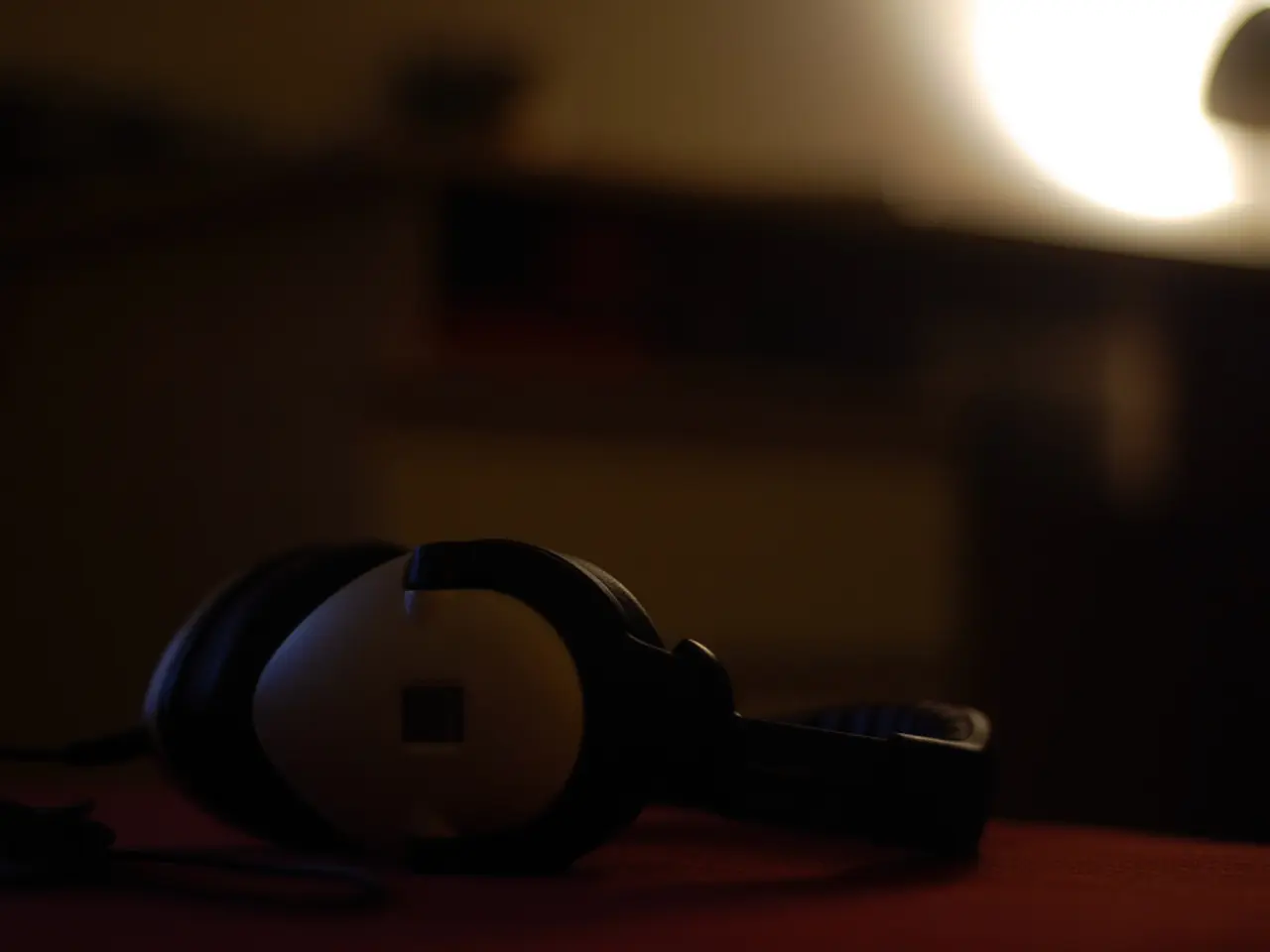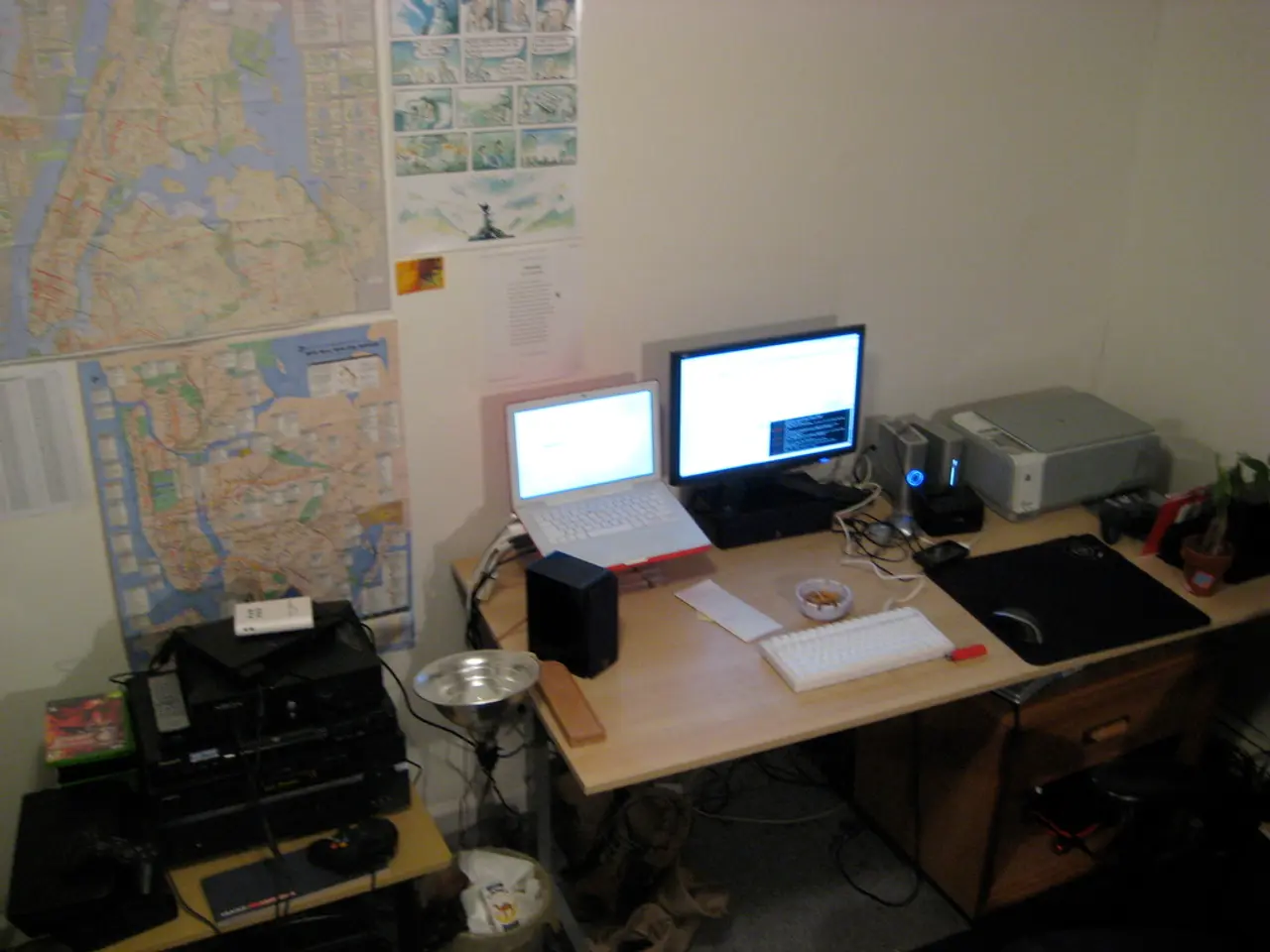Headphones Offer Improved Listening Experience Compared to What You Might Believe
In the realm of music production, the debate between mixing on headphones and nearfield studio monitors has long been a topic of discussion. While each method has its own advantages and disadvantages, headphones offer specific benefits that make them a popular choice, particularly for those with budget and space constraints.
Headphones provide the best value in monitoring compared to speakers, offering a cost-effective solution until a producer gets set up with a good listening chain. They are ideal for those lacking dedicated studio space or budget for monitors and acoustic treatment. Headphones can simulate immersive 3D sound environments through binaural rendering with software, such as Dolby Atmos mixing on headphones, providing spatial audio experiences even without multi-speaker setups.
Open-back headphones, in particular, give a good balance by providing an open, spacious sound similar to monitors, while still being usable in untreated rooms. They are less fatiguing and more transparent compared to other headphone designs, making them an excellent choice for mixing sessions that can last for hours.
However, it's essential to note that studio monitors, especially nearfield monitors, are designed to deliver a flat, accurate sound intended to reveal mix details and flaws essential for critical mixing and mastering. Monitors help place instruments spatially with greater accuracy and offer a more realistic volume and frequency response when used in an acoustically treated room. Mixing purely on headphones may present challenges in judging low-end and spatial cues because headphone frequency response and sound interaction differ from speakers in a room.
Despite these challenges, improving mixing skills on headphones can still improve your work even if you cannot afford high-end monitors. To mitigate potential issues, plugins that simulate the effect of crossfeed in a Digital Audio Workstation (DAW) can help avoid problematic stereo field choices. Inaccurate low end is a common issue in non-acoustically treated spaces, and headphones can help with EQing kick and bass.
When it comes to choosing headphones for mixing, good quality open-backed reference headphones are necessary. Even a $500 pair of headphones is considered high end pro. A good pair of headphones in the sub-$1500 range can be a great option for mixing, while many seasoned engineers recommend saving until you can afford headphones in the $3000-4000 range.
In conclusion, mixing on headphones offers cost-efficiency, no need for a treated room, portability, and immersive binaural experiences. However, for precise mixing, studio monitors provide more accurate spatial and volume references when used in a proper acoustic environment. Many professionals use headphones as a reference or starting point but test their mixes on monitors before finalizing.
Music production can greatly benefit from the use of headphones, particularly when budget and space constraints are present. These gadgets offer a cost-effective music distribution solution until a producer is equipped with a high-quality listening chain. Furthermore, advanced technology such as binaural rendering with software like Dolby Atmos can simulate immersive 3D sound environments on headphones, providing spatial audio experiences without the need for multi-speaker setups.




